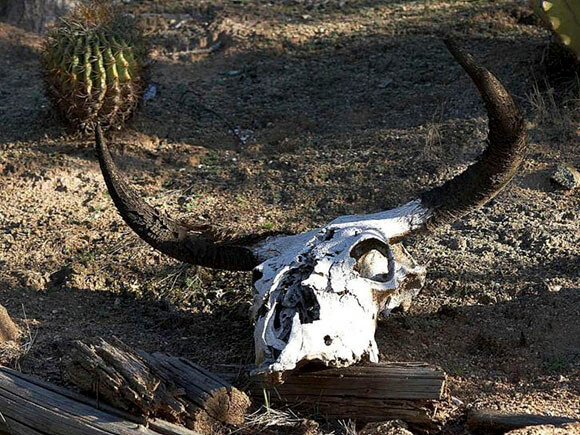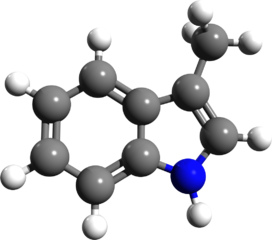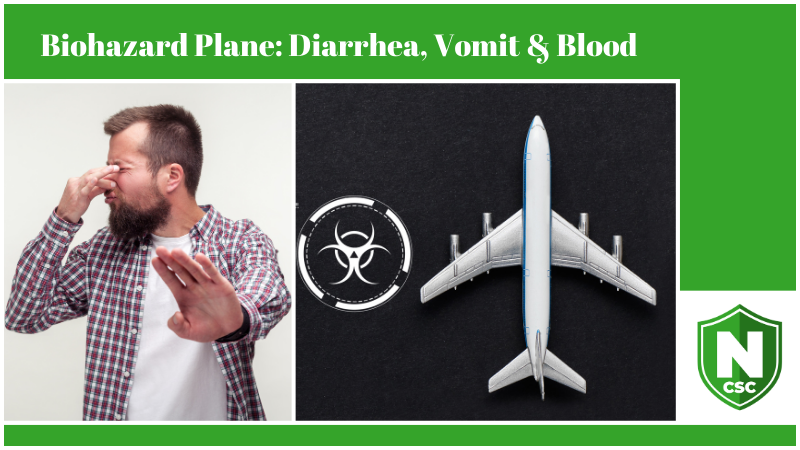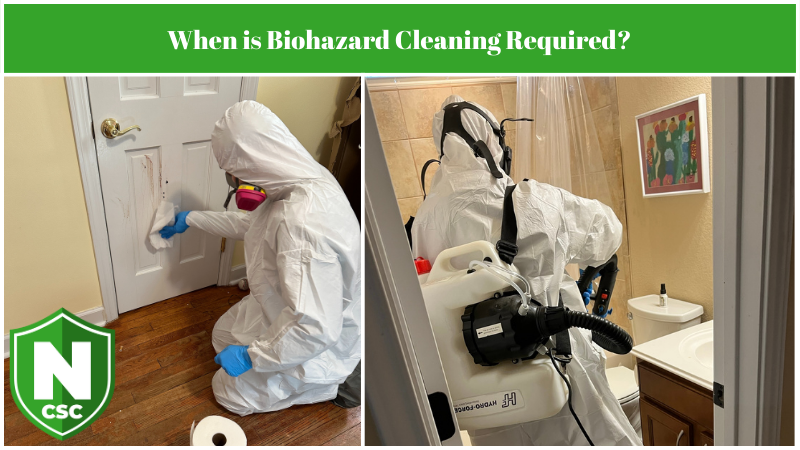Describing the Smells of a Dead Body

Decomposition odors are the gasses resulting from the natural stages of decomposition that affect all once-living matter, including animal carcasses and human remains. The smell is known to be unpleasant and harmful to your health. A detectable decomposition smell begins within 24-48 hours as putrefaction sets in and intensifies any time between 4-10 days, depending on the conditions. The onset of putrefaction is determined by the green discoloration on the skin near the cadaver’s large intestine and/or liver.
Putrefaction is a process that breaks down the proteins in decaying organic matter. The process is responsible for off-gassing some of the chemical compounds responsible for the foul scent. Other dreadful decomposition scents include revolting, earthy, and musty smells, especially when decomposing plant matter, rotting food, or excrement is involved.
Exposure happens when breathing in the smell or coming in contact with the direct source or traces of the contamination. The smell can linger for days or weeks and contaminations are known to be difficult to remove. When you suspect a decomposition odor may be affecting you, a professional biohazard company like NCSC should be called to assess the situation right away. A professional biohazard team will help you identify the source of the smell and eliminate all traces.
What Makes a Dead Body Smell?
In a general sense, a dead body smell originates from the breakdown of proteins by microorganisms in the cadaver. This protein breakdown releases chemical compounds into the air. Nine of these chemical compounds include:

Pictured Above: A 3D model of Skatole, a chemical compound derived from fecal matter. At high concentrations, Skatole has a strong fecal odor. In low concentrations, it is a sweeter, more flowery odor used in some perfumes and essential oils.
- Hydrogen sulfide: A colorless, flammable, toxic gas that has the smell of rotten eggs.
- Cadaverine: An organic compound that smells like rotting flesh.
- Putrescine: Like Cadaverine, Putrescine is an organic compound with an intensely putrid, nauseating strong smell of rotting flesh. Some scientific studies have even considered the smell a “fight or flight” trigger.
- Skatole (3-methylindole): Skatole has an interesting molecular composition and story. This crystalline organic compound is directly derived from the feces of mammals and birds. In high concentrations, it is a strong, earthy, fecal odor. At low concentrations, the scent is pleasantly sweet and flowery.
- Indole: A compound with a strong sewage odor, produced by the breakdown of proteins in dead bodies. Indole has a musty, fecal, and flowery scent, similar to Skatole.
- Dimethyl disulfide: A known volatile organic compound and decomposition byproduct known to attract blowflies. Has a garlic-like scent.
- Dimethyl trisulfide: Dimethyl trisulfide has a similar molecular structure as dimethyl disulfide and is partially responsible for attracting blowflies as a decomposition byproduct. Also has a garlic-like scent.
- Methyl mercaptan: A byproduct that is released during the early stages of a protein breakdown and has a strong distinctive rotten cabbage or egg smell. Methyl mercaptan undergoes a chemical reaction that oxidizes it into dimethyl disulfide. Bleach also deoxidizes methyl mercaptan into dimethyl disulfide, which is why the use of bleach is ill-advised.
- Trimethylamine: A fishy-smelling gas that may also resemble the scent of ammonia. It is also responsible for bad breath and some human infections, including bacterial vaginosis.
Is Exposure Dangerous?
The full health effects of decomposition exposure are not clear. What we do know is that chemical compounds like putrescine have elicited a “fight or flight” response in the human body, implying that the human body has recognized decomposition odors as an instinctual threat. The implications of that research suggest that there must be a deeper reason why the senses are triggered that way.
For others, exposure has caused fits of allergenic-type symptoms, such as:
- Wheezing
- Coughing
- Nose and throat irritation
- Other respiratory-related issues
- Skin rash/irritation/hives
- Watery eyes
How Putrefaction Contributes to the Smell of Decomposition
Putrefaction by definition refers to the rapid depletion of the cadaver’s protein supply through the growth of bacteria, fungi, and other microorganisms. Microorganisms secrete enzymes to break down the complex molecules into simpler, easily digestible molecules in the cadaver. This enzymatic breakdown contributes to a range of smells from sweet to foul, including the rotting egg smell of hydrogen sulfide. High temperature or moisture can also influence the process and resulting smells.
The process of putrefaction affects food, dead animals, sewage, and other types of organic matter. When not taken care of properly, traces of bacteria, fungi, and other harmful microorganisms remain, risking further contamination and creating a serious health risk. Hiring a trained biohazard crew drastically decreases this risk by ensuring proper protocol, PPE, and disposal during decontamination.
While putrefaction can last up to several months depending on the situation, the smell will remain until all traces are properly decontaminated.
What if I smell something but don’t see a body?
In a best-case scenario, the odor is confused with another foul stench occurring in the home (e.g. a plumbing issue). On the other hand, in the worst-case scenario, the odor is a result of an improper cleanup, a piece of decomposition overlooked or missed by a prior company, or an animal that died inside the walls. You don’t want to discover any of these problems when you aren’t trained or expected to, which is especially the reason why there are professionals like NCSC trained to face these types of jobs.
No matter the type or origin, these situations are extremely unpleasant and should be properly handled immediately. Exposure should always be limited regardless. Other smells are simply similar to other harmful scents as well, including hazardous materials or a gas leak, all of which pose a health risk. If you are concerned, it is best to contact NCSC immediately to help you investigate your foul house odor.




